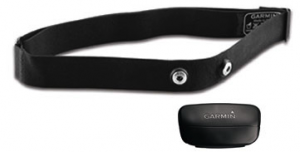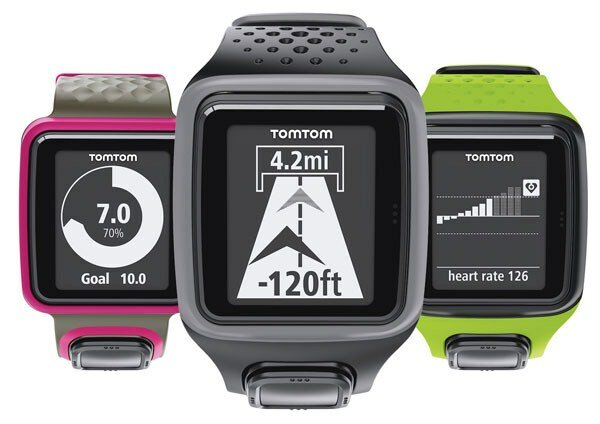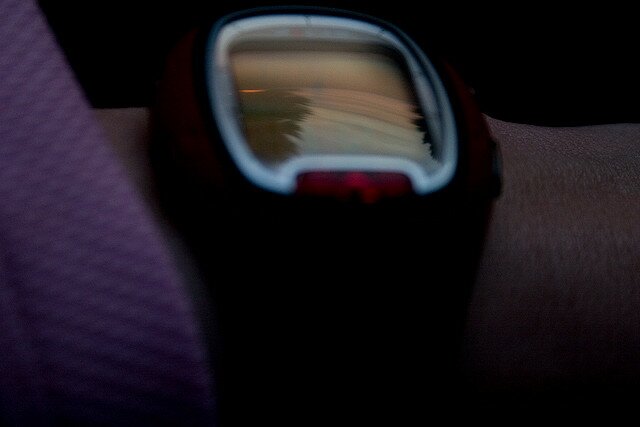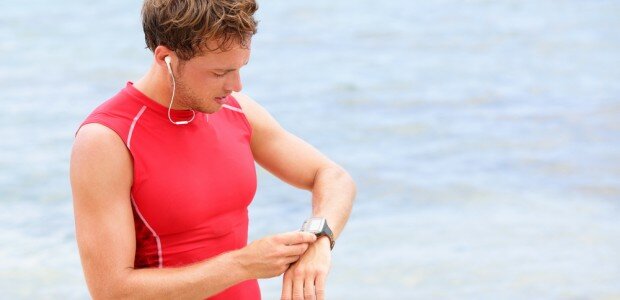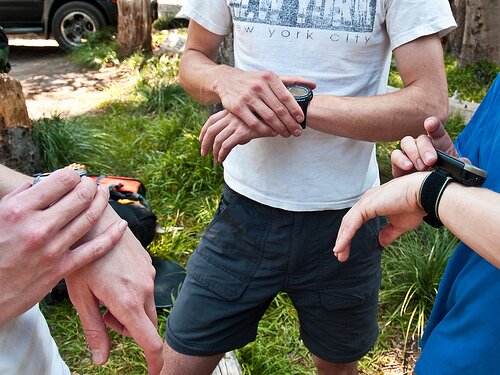The Garmin Forerunner 620 and Garmin Forerunner 220 have many similarities, but also have some distinct differences in some of the special features offered. This feature list for the two watches gives you a side by side comparison of the Garmin 620 and 220 to help you decide which watch will be the right fit for you. [Read more...]

